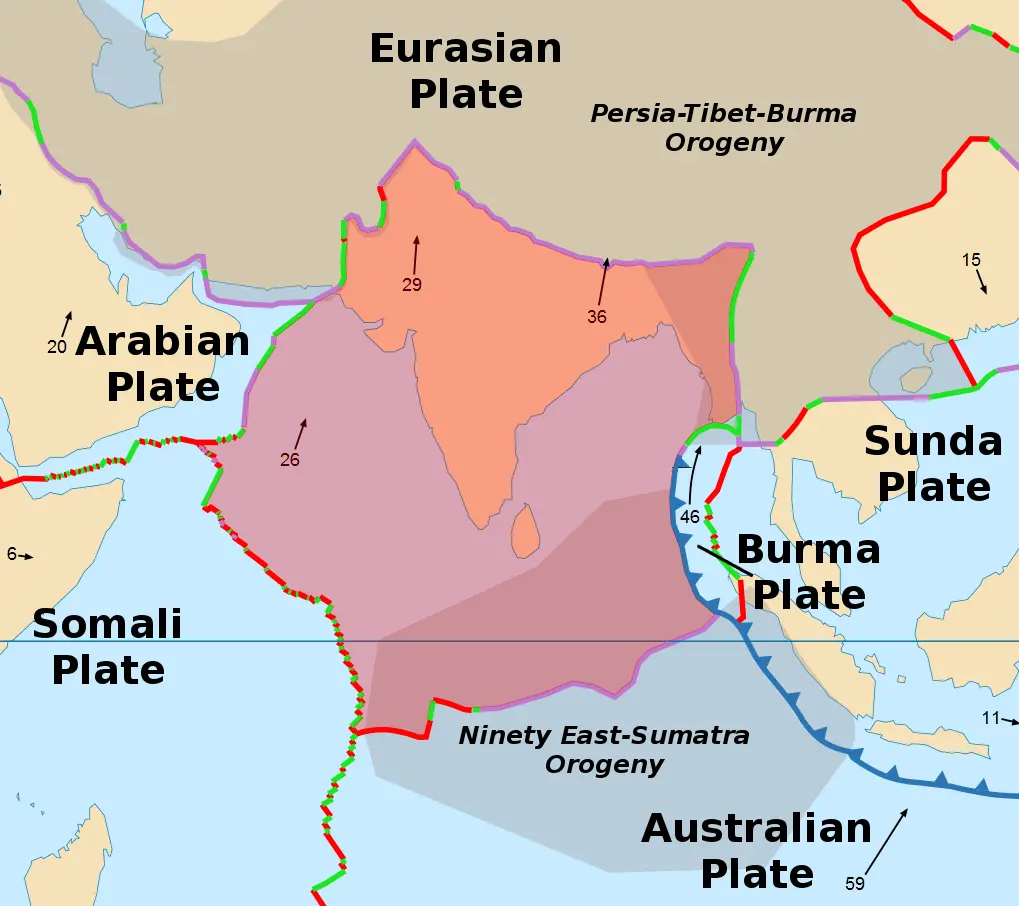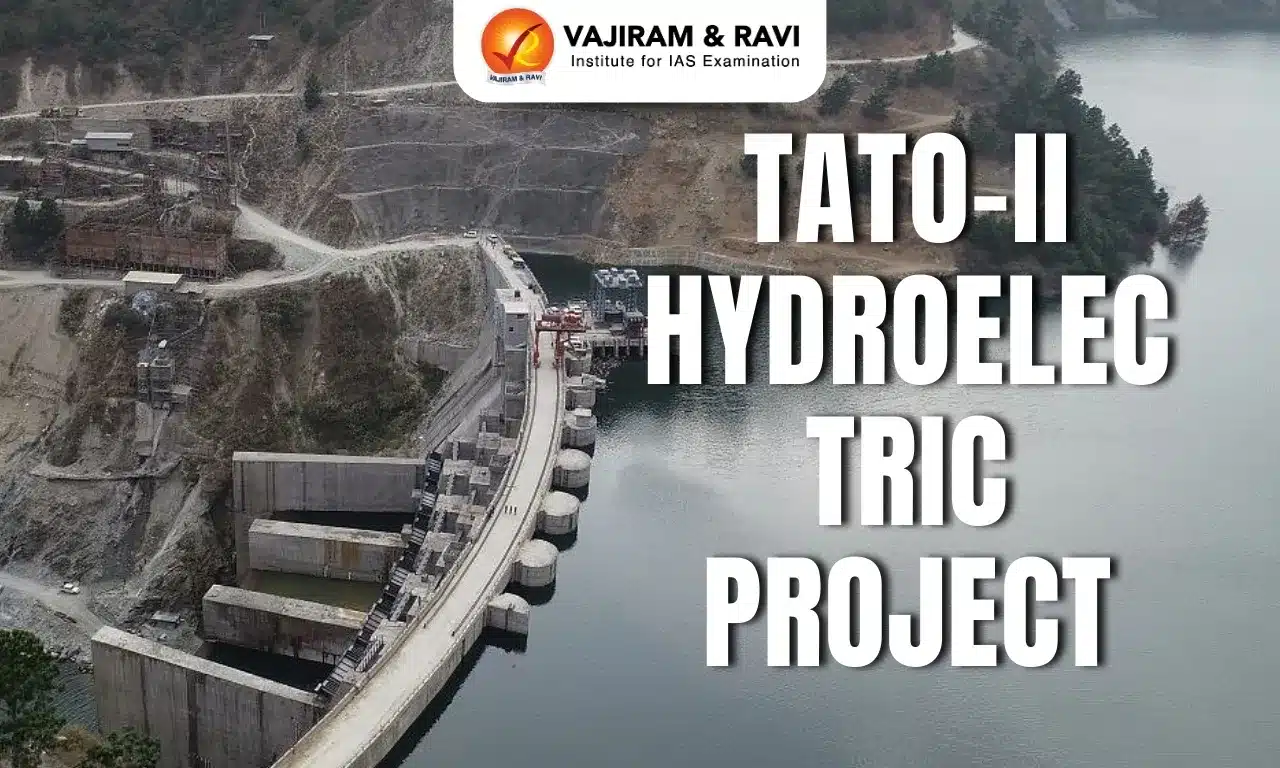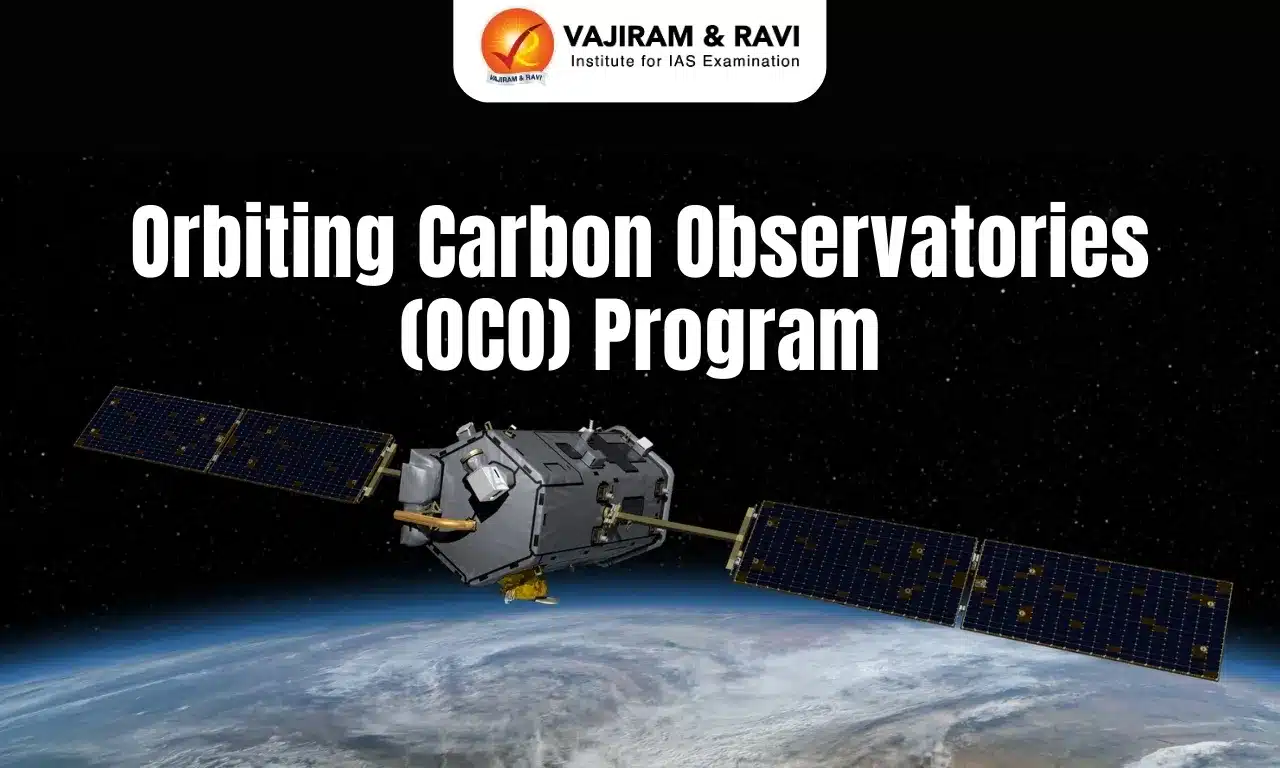About Indian Tectonic Plate
- It is a minor tectonic plate located in the north east hemisphere.
- It is bound by four major tectonic plates. North of the Indian plate is the Eurasian plate; to the south east is the Australian plate; to the south-west is the African plate; and to the west is the Arabian plate.
- As the Indian plate is moves northward relative to the Eurasian plate and collides with it, a convergent boundary is created.
- On the opposite side, the Indo-African boundary is divergent.
- The western Indo-Arabian boundary is lateral relative to each other, giving rise to a transform boundary.
- It was previously thought that the Indian and Australian plates formed one single plate as there is no clear type of boundary but recent seismologic evidence suggests that the two plates will have a transform boundary, as the drift velocities of these two plates are different even if the general direction of motion of the two plates is similar.
- The collision of the Indian plate with the Eurasian plate about 50 million years ago resulted in the erection of the Himalayan Mountains.
- As the Indian plate is still active today and drifts at a velocity of about 5 cm per year, earthquakes occur in the northern part of the plate.
- Because of the low-grade metamorphism that resulted in the collision of the Indian plate with the Eurasian plate, many micaceous minerals are mined in the northern part of the country; in fact, India is the greatest producer of mica blocks and splitting.
Q1) What is Plate Tectonics?
Plate tectonics is the theory that Earth’s outer shell is divided into large slabs of solid rock, called “plates,” that glide over Earth’s mantle, the rocky inner layer above Earth’s core. Earth’s solid outer layer, which includes the crust and the uppermost mantle, is called the lithosphere. Below the lithosphere is the asthenosphere — a viscous layer kept malleable by heat deep within the Earth. It lubricates the undersides of Earth’s tectonic plates, allowing the lithosphere to move around.
Source: Indian tectonic plate is breaking into two. It’s happening beneath Tibet
Last updated on August, 2025
→ UPSC Mains Admit Card 2025 will be released soon at www.upsc.gov.in.
→ UPSC Mains 2025 will be conducted on 22nd August 2025.
→ UPSC Notification 2025 was released on 22nd January 2025.
→ UPSC Calendar 2026 is released on 15th May, 2025.
→ UPSC Prelims Question Paper 2025 and Unofficial Prelims Answer Key 2025 are available now.
→ UPSC Prelims Result 2025 is out now for the CSE held on 25 May 2025.
→ The UPSC Vacancy 2025 were released 1129, out of which 979 were for UPSC CSE and remaining 150 are for UPSC IFoS.
→ UPSC Prelims 2026 will be conducted on 24th May, 2026 & UPSC Mains 2026 will be conducted on 21st August 2026.
→ The UPSC Selection Process is of 3 stages-Prelims, Mains and Interview.
→ UPSC Result 2024 is released with latest UPSC Marksheet 2024. Check Now!
→ UPSC Toppers List 2024 is released now. Shakti Dubey is UPSC AIR 1 2024 Topper.
→ Also check Best IAS Coaching in Delhi















